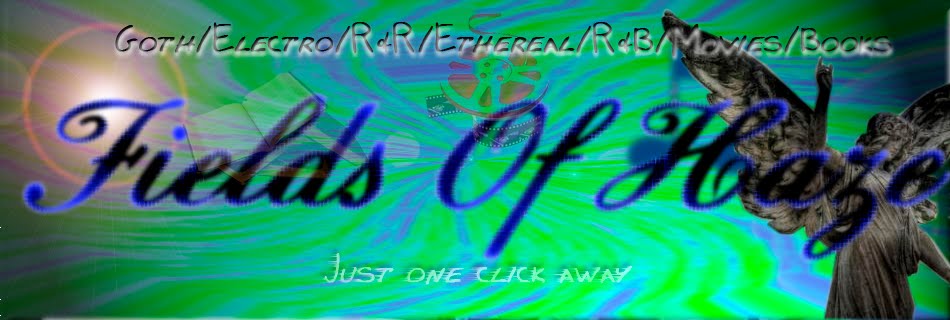
Genere: Rock/Pop.
Style: Goth Rock, Indie Rock.
Similar Artists: All About Eve, The Shroud.
Recording Year: Grave News, 1997.
Die Laughing originally formed in late 1986-early 1987 (in the flat above the RSPCA in Radford Road, Hyson Green) from the remnants of Vital Stance - a punk band consisting of John Berry (guitar & bass), Ian Fletcher (drums), and Tina Thurman (vocals.)
Vital Stance recorded one three-track demo and played a few gigs around the Nottingham area, but soon after the demo was recorded and with the introduction of Stuart Salt (Johns cousin) on bass, it was a unanimous decision that Alison Turner would replace Tina on vocals, and with this came the change of name and musical direction.
Most people automatically think that the name Die Laughing came from The Missions Wake this is not the case. The name was decided when Alison fell about in an uncontrollable fit of laughter.The rest is history.
This line up played many gigs and released three demos, including one for a single called Insomnia that never happened, and also recorded a track called Wake which featured on a very rare compilation album called Underground Resistance. During this time the band had only one line up change with Rick Martin replacing Ian on drums towards the end of 1987.
The band split in 1988 after the release of their final 4 track demo Of Hearts & Tears, when Alison left. Auditions were held but a new vocalist was never found and the line up members simply moved on.
Four years later in 1992 the line up everyone knows as Die Laughing was born when John Berry (guitars) teamed up with Rachel Speight (vocals) and formed the song writing nucleus of the band.
Within a few months a newly-acquired bass player in the form of Dave Shiner, keyboard player Ruth Tyson and drummer Tom completed the line up. The band recorded their first demo Poems Of Your Life at Cage Studios in Sheffield (recording four early Die Laughing songs) as an experiment to see how things would work. The recording went well but the drummer disappeared soon after and was never heard of again and to this day we have no idea what happened to him!!
After purchasing a drum machine (Dr Duck) and a crash course in drum programming the first gig was on 12 February 1993, held at the famous Narrow Boat public house on Canal Street in Nottingham. From the band's point of view this gig was very successful and would spur them on for several years to come.
The band's second demo Love Amongst The Ruins was recorded in March 1993 and came with a choice of two coloured sleeves, red or blue. The demo contained four brand new tracks highlighting the band's writing capabilities and received excellent reviews from fanzines and underground publications around the world, pushing the band to new heights within the scene.
The band continued writing inbetween a hectic gigging schedule around the UK and late 1993 saw a return to Cage Studios for a self-financed single Nemesis. Four tracks were recorded with the addition of a live session drummer but unfortunately touring and studio costs took their toll on any finances the band had, and the single idea was shelved and the tape released as the Nemesis EP in October 93.
Heavy touring around the UK during the summer of 1994 with Children On Stun had urged the band to bring in another guitarist, Ian Holman, which would add power to the live performance of the band. Due to the success of the tour, it was decided Ian should become a permanent member and contribute to the writing of the songs with John and Rachel.
October 1994 saw the release of the Shadows & Silhouettes cassette which featured a new recording of Nemesis (back with the drum machine) and two new tracks.
Ian made his recording debut with Die Laughing on the band's final visit to Cage Studios in 1995 after the band had been approached by independent London label Grave News Ltd and 'Gothic Rock's Mick Mercer.
Following impressive reviews and gigs the band were asked (and paid) to record two new songs, Harlequin for the Dreams In The Witch House compilation (Grave News), and Safe Little World for Mick Mercer's Gothic Rock 2 compilation (Jungle), both released in 1995.
Die Laughing were now getting worldwide attention and Nemesis was receiving lots of airplay in the clubs of New York, and with this came mail and fanzine interest from the United States and Europe. Things were looking good and the band was signed by Grave News to release a seven-track mini-album Glamour & Suicide.
The album was released in May and saw Die Laughing embarking on a short but very successful first trip to Germany with Vendemmian to promote the album in Europe.
On returning to the UK it was announced that the success of Heaven In Decline as an import was so good the licence had been bought by a Japanese label to manufacture and distribute the album for the Japanese market.

Fields Of Haze.



































